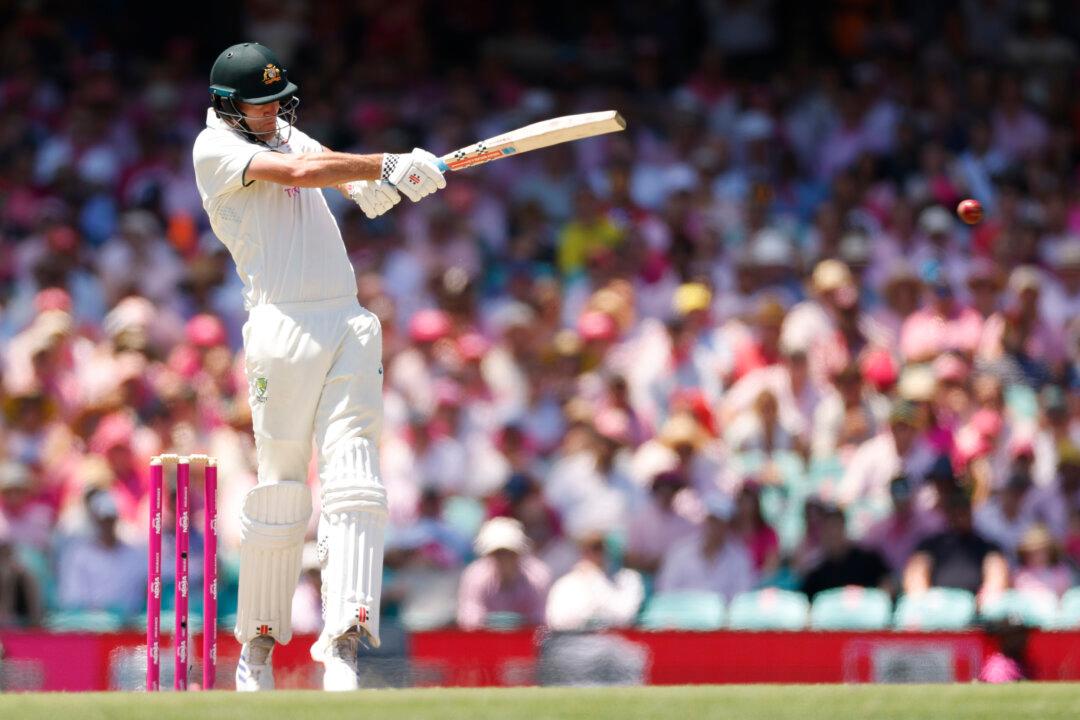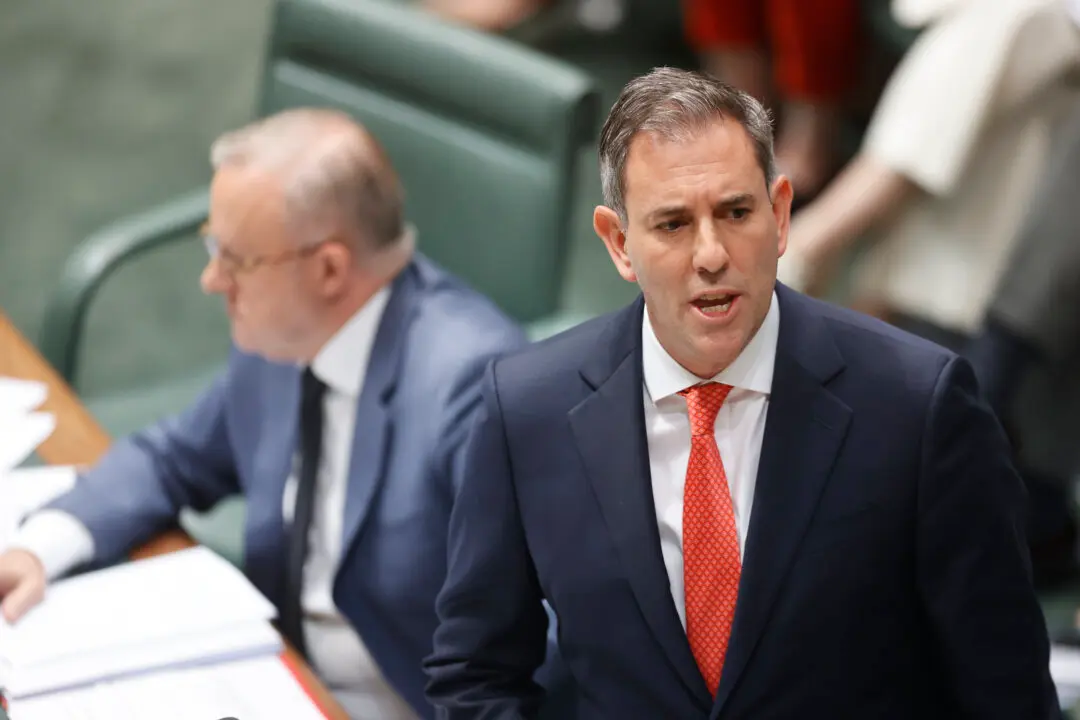Former Indian cricket player and commentator, Atul Wassan, says splitting test match cricket into two divisions will only work if the sport’s most powerful teams send secondary “A” teams to face off with weaker countries.
The recently completed Border-Gavaskar Trophy in Australia broke attendance records locally and sparked much interest in the traditional five-day Test match. The 3-1 victory to Australia over five tests had all the best highs and lows of the format.






